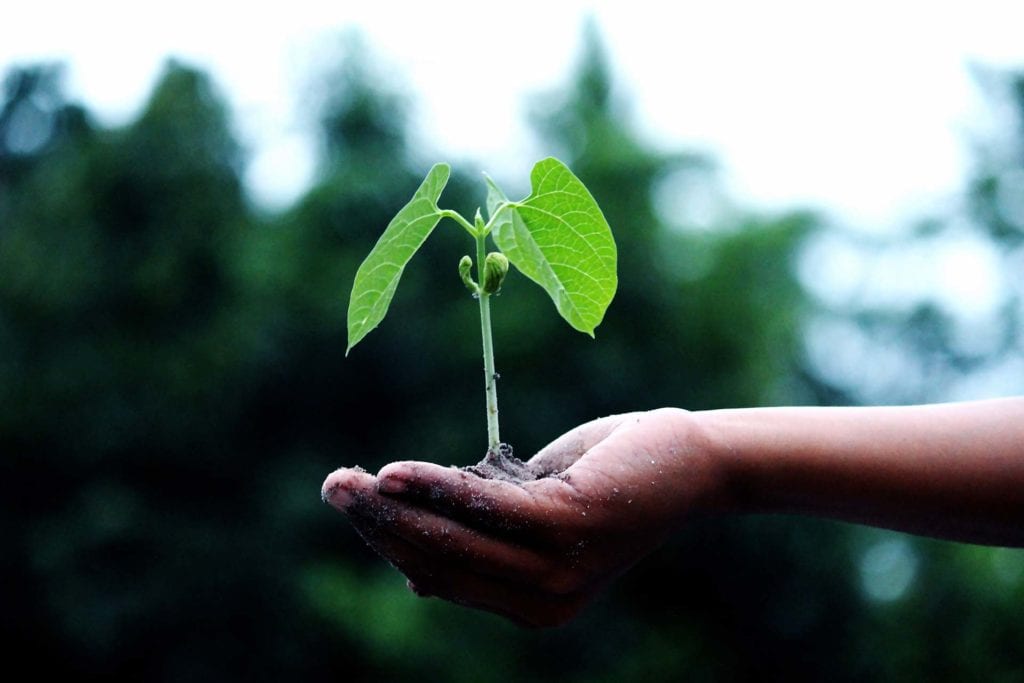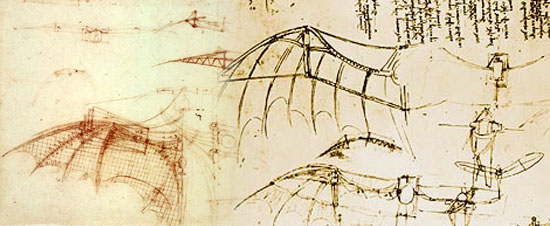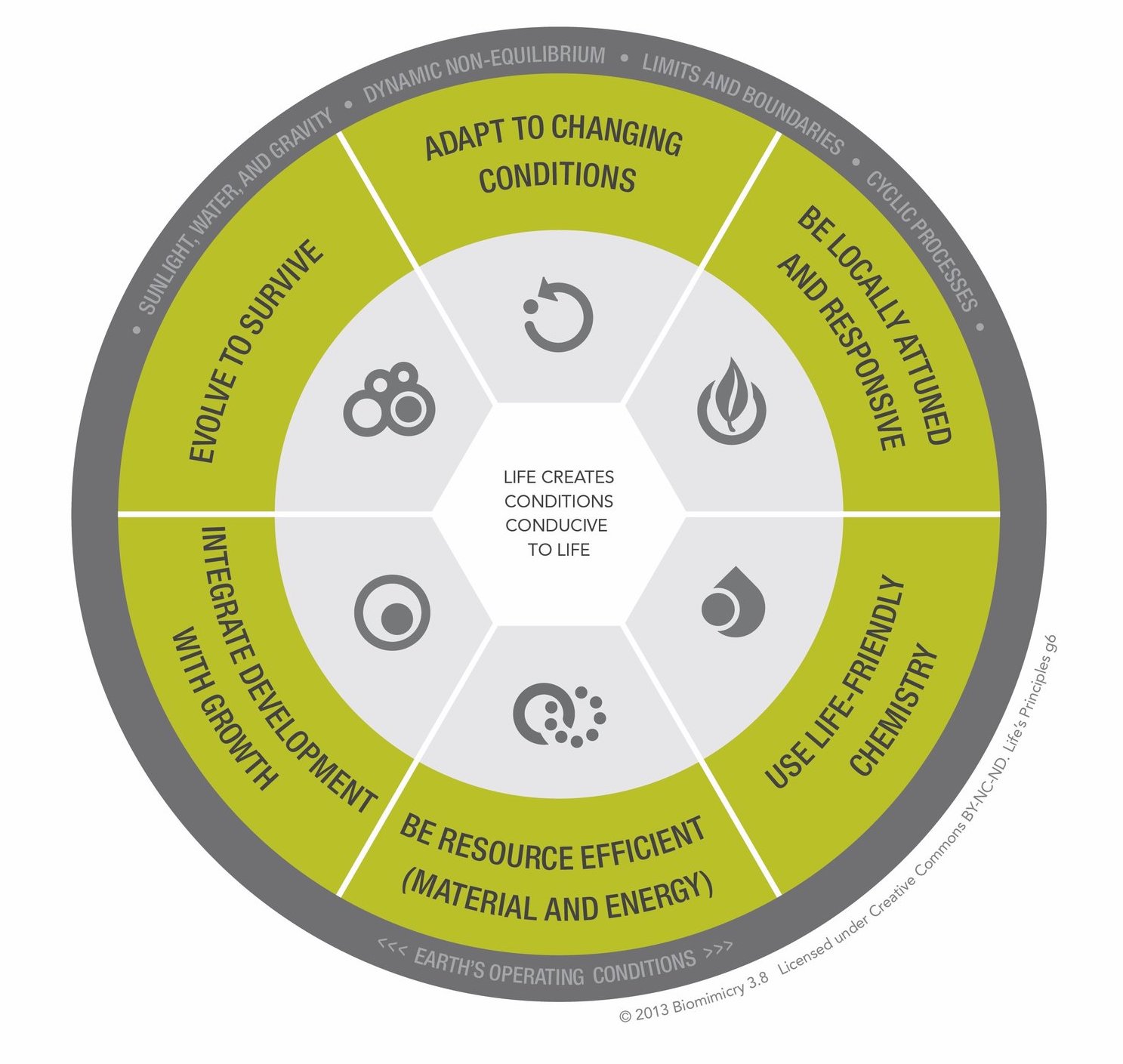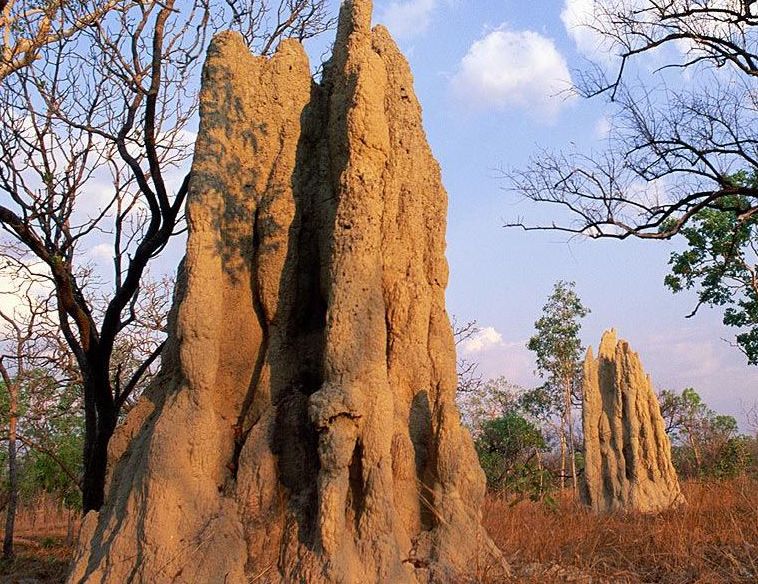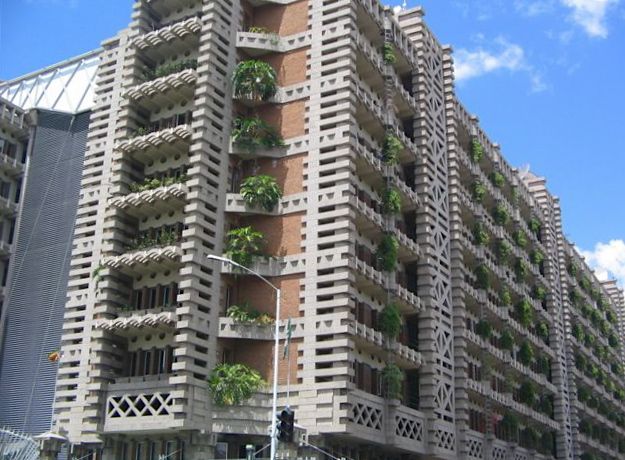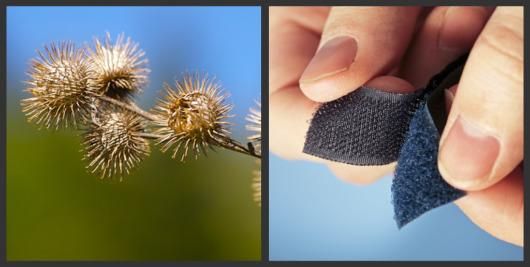Ecologies
The wikipage input value is empty (e.g. SomeProperty::, [[]]) and therefore it cannot be used as a name or as part of a query condition.
Biomimicry
By Katja Heuvelin
What is biomimicry?
Biomimicry is the science and art of imitating the best biological ideas in nature to invent, improve and make human applications more sustainable. The term biomimicry comes from the contraction of the Greek words bios "life" and mimesis "imitate", literally "imitate life”. Janine Benyus first used the term biomimicry in her book. ”Biomimicry innovation inspired by nature” in 1997. She used the following definition:
- Nature as a model. Biomimicry is the art and science that studies, uses as inspiration and imitates strategies from nature to solve problems in our human societies, for example a solar cell inspired by a leaf.
- Nature as the benchmark. Biomimicry applies ecological measures to determine the "suitability "of innovations. Nature has learned: What works. What is appropriate. Which is permanent.
- Nature as a mentor. Biomimicry is a new way of looking at and appreciating nature. It introduces an era that is not based on what we can get from nature, but what we can learn from nature.
Life has existed on earth already for 3.8 billion years. This has developed from the first basic life forms to often very advanced life forms that we now encounter in nature. Since the creation of the first life forms, the organisms and (eco) systems on Earth have 'invented' what works, what is appropriate within the context and what contributes to survival. Nature is able to use things as energy and material in the most economical way. Often the solutions developed in nature surpass human solutions, in the use of technology but also in regard to aesthetics. The solutions developed in nature are often clever, sustainable and can adapt to changing circumstances. BiomimicryNL 2020
3 levels of biomimicry Biomimicry can be applied on 3 levels
- Organism level: Mimicking a specified organism. This could be the entire organism or a portion of the organism.
- Behaviour level: Mimicking a specific type of behaviour or act that the organism does to survive or replicates on a daily basis in relation to a larger context.
- Ecosystem level: Mimicking a specific ecosystem and what elements and principles are required for it to function successfully. Levels of biomimicry
Within each of this levels, a further five dimensions exist:
- Form, what it looks like
- Material, what it is made out of
- Construction, how it is made
- Process, how it works
- Function, what it is able to do Dash Pragyan Shanta 2018
I think the deeper you get into these dimensions the better and more ecological your design will be. For example the form dimension is only looked at what it looks like so it stays on the surface. At the function dimension you really mimic what it is able to do. Your design will function like the organism does in nature.
Leornardo da Vinci Since the publication of Benyus' book, biomimicry has received a lot of attention. Biomimicry is an emerging discipline but it is also an age-old practice. There are numerous examples from history where humans turned to nature for inspiration. “Go take your lessons in nature, that’s where our future is” a quote from Leonardo Da Vinci who was a keen observer of nature. He applied biomimicry to the study of birds in the hope of enabling human flight. He very closely observed the anatomy and flight of birds, and made numerous notes and sketches of his observations and countless sketches of proposed "flying machines". Although he was not successful with his own flying machine, his ideas lived on and were the source of inspiration for the Wright Brothers, who were also inspired by their observations of pigeons in flight. They finally did succeed in creating and flying the first airplane in 1903. Vierra Stephanie 2019
"Go take your lessons in nature, that's where our future is." Leonardo da Vinci”
In addition to biomimicry, biomimetics and bionics are also used. The similarity between all these terms lies in: learning from nature. While the sustainability aspect also plays an explicit role in biomimicry in biomimetics and bionics this plays a less important role and the emphasis is more on advancing technology. BiomimicryNL 2020
Life's Principles An important role in biomimicry is fulfilled by the Life's Principles developed by the Biomimicry institute. The basis of the Life's Principles is formed by the preconditions within which all life on earth takes place. These preconditions are:
- Sunlight, water and gravity
- Dynamic non-equilibrium
- Limits and boundaries
- Cyclic processes
Within these preconditions, life on earth has developed survival strategies. These survival strategies are the foundation of the Life's Principles. These survival strategies are:
- Adapt to changing conditions
- Be locally attuned and responsive
- Use life-friendly chemistry
- Be resource efficient (material & energy)
- Integrate development with growth
- Evolve to survive
The Life's Principles represent, as it were, the design guidelines from the ecosystem. This makes biomimicry ideally suited as a design tool for sustainability. The Life's Principles play an explicit role in the design process in biomimicry. Biomimicry Roadmap 2020You could say to be a good biomimicry-based application you should be sustainable, function well, use as little energy as possible and prevent waste.
Eastgate Building When looking at these factors I think a good example of biomimicry is the Eastgate Building in Harare (Zimbabwe), termites are infamous for creating some of the most elaborate ventilation systems for cooling on the planet. Even in some of the hottest places, these termite mounds remain exceptionally cool inside. Using an intricate network of intentionally air pockets, the mounds create a natural ventilation system using convection. The engineering firm Arup built an entire shopping centre in Zimbabwe based on this natural convection system. Currently the system uses 10 percent less energy than a traditional air-conditioned facility. Innovatie Estafette 2020
Conclusion
I think biomimicry is really inspiring. Nature is super smart and there is a lot we can learn from nature as makers and designers. And I also think that designers could look at nature a lot more when facing a problem. Have a look into nature. How does nature solve this? We not always have to reinvent but can also learn how to adapt more. And we can create a deeper connection with nature by doing this. I also think that designers who use the smartness of nature do need to be critical when creating a biomimicry design. To not just copy what they see happening in nature but make sure the whole design is sustainable and looked at from the life’s principles like the survival strategies, you could use this as a tool for your design to see if your idea or design is really sustainable.
Take Velcro (klittenband) for example, which is called a biomimicry innovation. George de Mestral invented Velcro in 1941 when taking a walk with his dog. After his walk, George noticed that his pants and his dog’s hair were covered in cockleburs. Curious why they stuck so well to these natural fibers, George de Mestral decided to study the burrs under a microscope. The burrs contained thousands of tiny hooks that bound themselves to nearly any fabric Velcro Companies 2020 Thus arose Velcro. This was a big innovation because of the new way of fastening things but when you look at the production of Velcro it requires fossil fuels and chemicals. So Velcro was looked at from a form level, but not at process and function level. At the function level, the Circular Economy is a good example of biomimicry, which is based on natural cycles and no waste just as in nature.We can also connect this theory to Cradle to Cradle because that theory is also based on the natural cycles that we encounter in nature.
But unfortunately a whole circulair world is not possible yet, there will always be waste somewhere. In my major product design I work with those waste materials to show the potential and value of the material and thereby encourage people to change. I think biomimicry is super inspiring but I am not sure it’s for me maybe on a smaller scale. It’s quite complex, often about innovation and you need to take biomimicry seriously when creating a design inspired by nature that is actually sustainable. There is a lot to take in account. But I do think for some product designers this theory could work really well and I think there is a lot more to learn from nature.
Do you want to know more about Biomimicry? Take a look at the Biomimicry Institute website! https://biomimicry.org
Sources
- https://www.biomimicrynl.org/wat-is-biomimicry.html
- http://www.iaeme.com/MasterAdmin/UploadFolder/IJCIET_09_02_062-2-3/IJCIET_09_02_062-2-3.pdf
- https://www.greendeals.nl/sites/default/files/downloads/GD070-biomimicry_roadmap_2020_uitgebreid_bs_2.1_12092013.pdf
- https://www.wbdg.org/resources/biomimicry-designing-model-nature
- https://www.innovatie-estafette.nl/nieuws/nieuws/2020/02/27/biomimicry-vijf-voorbeelden-hoe-de-natuur-ons-inspireerde-tot-innovatie
- https://www.velcro.com/blog/2020/07/a-mind-blowing-biomimicry-examples/
Sources images
- https://misfitsarchitecture.com/2015/12/07/architectural-myths-22-biomimesis/leonardo-fly/
- https://asknature.org/resource/lifes-principles/
- https://www.treehugger.com/nature-blows-my-mind-miracles-termite-mounds-4857728
- https://asknature.org/idea/eastgate-centre/
- https://i.pinimg.com/originals/64/6e/89/646e89f248760848a5567e38887c6976.jpg
Sustainism
by: Morris de Moor
A New Modernism
The time for modernism is over, in today’s global conditions, it has become essential for us as a society to start looking at the bigger picture, and to start taking action. Sustainism includes every aspect that we as social beings deal with, from food to social media. In this new style of culture complex and diverse connections between local communities are formed to create an interwoven ‘web’ of humanity. The term, introduced by Joost Elffers and Michiel Schwarz, is represented by a trefoil knot, a knot created by tieing the loose ends of a common knot together, a sign of interconnectedness. This symbol explains how in sustainism everything is connected and loops together, a circle of life. Local produce will become more accessible and sustainable lifestyles will become the new norm. The term sustainism already suggests a connection to the word ‘sustainability’, however, sustainism adds the layer of global and local connections to each other as humans by utilizing the technological advancements we have made over the decades. The concept of sustainism challenges innovators and creators to find creative solutions to link everything in our communities together and close the circularity gap in our economy. Think of a local approach to living in a global world. Information and technology is open source and accessible for everyone, but the physical materials you need to survive are sourced locally. Regressive, since living in a community that is self-sufficient seems almost ancient, while being progressive by including our technological advances as human beings to connect ourselves intellectually and combine our knowledge. (Elffers & Schwarz, 2011)
Challenges
Though this new ideology sounds like a very logical way of living in this new age, it obviously comes with its challenges. With population growing consistently and overproduction is exhausting natural resources, materials have become scarce. To create self-sufficient local communities with the capabilities of the earth and technology in this age is something that would take years, maybe even decades to develop and innovate as well as be viable with the climate’s current state. (Verschuuren et al., 2014) The practical issues aside, to adapt this new model is not only a shift in the economic environment, it is also a social adaptation. Humans are social beings, through the course of history we have been conditioned to expand our presence over the entire world and focus on what makes us individuals. Sustainism would require humans to act in favour of the greater good, rather than putting themselves first as it is accustomed today. (COMPAS, 2007)
Examples
An example of emerging sustainism is a platform called Amsterdam Smart City, an online platform connecting the citizens of the Dutch capitol. Inhabitants can share their opinions on regulations, services etc. Municipalities and partners such as electricity providers can learn and network to optimize every resident’s lifestyle. This shows a balance between locality, being that the app concerns the city of Amsterdam, and the global possibilities of the digital sphere. (Amsterdam Smart City, n.d.)
Another sustainist concept emerged in 2001 in Washington D.C., a program titled ‘FabLab’. This initiative was introduced to research how information could be spread physically in underrepresented communities. A ‘FabLab’ is a small physical workspace that offers tools to create and learn. While the information and instructions to operate the machinery and tools in the workspace are shared within the online global community, the execution remains local and small scale. This open source program shows how communities can benefit from local spaces to produce small scale needs, while obtaining the knowledge from a global source. (Menichinelli, 2011)
Reflection
Taking everything into consideration, sustainism seems to be a quite simple approach to modern problems. However, it would take a lot of human adjusting and resource planning, for which, you need to have humanity on your side. In the examples mentioned, it shows that communities are still alive and actively looking for connections to optimize the collective lifestyle. Sustainism pushes for sustainability in a progressive way. It builds on our nature as social beings and our ability to share and innovate. Sustainism does challenge the current consumerist society, which is so ingrained in humans nowadays that it would be difficult to offer up an alternative that may seem more simplistic. Ultimately, sustainism is a term that was not ‘invented’ as much as it was given a name, as the balance between locality and global seems to be quite alive but in need of a collective boost.
Sources:
Amsterdam Smart City. (n.d.). Amsterdam Smart City. Amsterdam Smart City. https://amsterdamsmartcity.com/
COMPAS. (2007). Learning Endogenous Development. Practical Action Publishing, Rugby.
Elffers, J., & Schwarz, M. (2011). Sustainism is the new modernism: A cultural manifesto for the sustainist era. Distributed Art Publishers.
Menichinelli, M. (2011, March 23). Business Models for FabLabs. Openp2pdesign. http://www.openp2pdesign.org/2011/fabbing/business-models-for-fab-labs/
Verschuuren, B., Subramanian, S., & Hiemstra, W. (2014). Community Well-being in Biocultural Landscapes Are We Living Well? Practical Action Publication.
Minimalism
By Anna Shumeeva
The word minimalism started as an art movement in the late 1950's and developed and flourished in the 60-70's in relation to conceptual art. The definition of the word comes in three parts. -A movement in art, sculpture and painting in the 1950's which was characterized by the use of simple, massive forms. -Avant-garde movement in music which consisted of repetition of short phrases which change gradually, producing a hypnotic effect. -Deliberate lack of decoration in style or design.
Today the word 'minimalism' is more focused on and associated with simple, clean living and environmentalism.
Minimalism is all about removing unnecessary things from your life which will lead you to a life with more time, money and freedom to live a more meaningful life. The vision is living with the things you need and nothing more. To achieve that people live by the rule of recycle, reduce and reuse. Minimalism is a tool that can assist you in finding freedom from the consumer culture that western society lives by. Even though everyone embraces minimalism differently, each path leads to the same place: more freedom to live a more meaningful life.
This goes hand in hand with sustainability and living in a sustainable world.
In an ideally sustainable world, 3 main conditions would exist. Ecological integrity would be maintained, all of the earth’s environmental systems are kept in balance while natural resources within them are consumed by humans at a rate where they are able to replenish themselves. Human commodities across the globe are able to maintain their independence and have access to the resources that they require, financial and other, to meet their needs. Economic systems are intact and activities are available to everyone, such as secure sources of livelihood. Universal human rights and basic necessities are attainable by all people, who have access to enough resources in order to keep their families and communities healthy and secure. Healthy Communities, have just leaders who ensure personal, labour, and cultural rights are respected and all people are protected from discrimination.
There are many movements that hold similar values and are often integrated into minimalism such as tiny house living, veganism, zero-waste, capsule wardrobe, reducing food-waste and boycotting mass produced things and switching to only buying second hand. Three examples of minimalism:
Kodasema
Estonian design collective that makes minimalistic tiny houses. In its early stages, one of its goals was to stop wasting energy and start reducing the energy consumption in the construction industry. Smaller living space often automatically means less energy required and leaves therefore a smaller footprint. Their slogan being "minimalist luxury living in a spaciously sustainable house". It is easily constructed and deconstructed in only 4 hours and the company's buildings are being used as homes, hotels, offices, shops, cafes, studios and community areas.
Marie Kondo
In 2014 Marie Kondo published a book about a movement where you only keep the things that spark joy in your life– challenging people to redesign their life and discard unnecessary things from their lives. In 2019 Netflix released the documentary "Tidying up with Marie Kondo" which resulted in a world wide craze in people "minimalizing" their lives and changing their lifestyles. This result of this movement was very beneficial for charities and second hand shops which got a big increase in their donations.
Issey Miyake
Luxury brands working with quality materials is nothing new. But Issey Miayke has an interesting twist on it. In 1980's he was known as one of the top minimalist fashion designers redefining gender norms through oversized silhouettes and asymmetrical cuts. Famously known for his pleating technique, the clothes are light, wrinkle proof and do not have to be dry cleaned. His concept being "design is not for philosophy but for life" .
Reflection: The idea of minimalism is very appealing and holds many interesting values that could be very beneficial for everyone to implement in their lives, especially when it comes to sustainability. There are many downsides to minimalism. Minimalism in design is mostly luxury products and therefore not catering to everyone. Better quality is definitely a good thing but not everyone can afford it or even afford the upkeep with such products. Those designs, even though minimalist- are often not focused on environmental impact. Therefore, there is a lot of "skin deep" minimalism going on, which is purely for aesthetics.
Civic economy
By Ilona Mrgole
Civic economy includes economical, social and environmental changes. The civic economy is collaborative and aligned with social innovation. So civic economy invites sharing to replace competition and supports communities in becoming co-investors and co-producers instead of just consumers, that means that active communities collectively addressing local and globally interconnected issues. This supports individuals and communities in becoming more resilient and less vulnerable to economic fluctuations, depending less on the open market.
Joost Beunderman
Joost Beunderman is a Director of the London-based design and strategy practice 00, where he joined in late 2008 to lead on a wide range of research and strategy projects.
His focus has been on civic entrepreneurship, social investment and systems change within the city. Zero zero is a collaborative studio of architects, strategic designers, programmers, social scientists, economists and urban designers practicing design beyond its traditional borders.
Food Coop a food store started in 1973 in Park Slope, Brooklyn (New York City) to provide healthy products at an affordable price. Those who shop at Food-Coop are mutually its co-investors and commit to around 4 hours/month of work to maintain the co-operative, performing tasks that vary from cashier to food-packaging, cleaning, organizing shelves, dealing with food providers, etc. This structure allows diminishing the management costs and creates ownership and engagement possibilities that, in turn, build a community of shoppers that enhances social capital in the neighborhood.
SUN is a USA based network of co-operatives supporting wider implementation of solar energy systems in communities, allowing buyers to save up to 20% of the supposed investment through bulk-buying. “This cooperative network targets homeowners, helping them increase the cost-saving tied to installing solar panels
Baisikeli is a Copenhagen based social innovation enterprise that legally collects old bicycles from the streets to give them new meaning. One Part of these bicycles is repaired at Baisikeli workshop to be sold or rented and provides a funding source. The other part is send to Mozambique where the bicycles generate work, education and better and cheaper transport. The project is financed via Baisikeli's two stores in Denmark, where they sell, repair and rent bicycles.
Conclusion
Purpose of this companies is to create jobs or carry out work that is socially beneficial. We need to be more open minded in a sense that we don’t only look at ourselves as individuals but on the whole community. I think that civic economy encourages us to be more connected and intertwined with locals. I also think that government plays part in this, I think if they would start to encourage creation of new companies whose main goal won’t be profit but connecting local business and encouraging locals to be part of it, it would be easier for us to adapt.
Cradle to cradle
By Loes Platenkamp
Cradle to Cradle is a theory by architect Mc Donough and chemist Micheal Braungart. They wrote a book in 2002 called Remaking the way we make things. In this book they showed an integration of design and science that provides enduring benefits for society from saving materials, water and energy in circular economies and it eliminated the concept of waste. Cradle to Cradle is the opposite of Cradle to Grave. Cradle to Grave applies more to our economy today Cradle to Grave: we use our earth as a source for raw materials as if natural resources were infinitely available. We extract them, make products from them and dispose of them. This principle is called “Cradle to Grave”. Unfortunately, products no longer needed end up in places that were never meant for garbage disposal with fatal consequences for humans, animals and the environment.
Cradle to Cradle: there is no waste, Waste is simply a valuable resource in the wrong place. We should see nature as our role model, and try to keep our materials flowing in cycles. This principle is called “Cradle to Cradle. Cradle to Cradle aims for: - Reducing raw material consumption - Producing less waste - Decreasing carbon dioxide emissions - Setting a long-term goal of zero emissions
The cradle to cradle theory is a design framework of 3 principles inspired by nature: 1. Keeping all materials in continuous cycles. So everything is a resource for something else. In nature the waste of one system becomes food for another. Mc Donough and Braungart are saying that every part of a product can be designed with the intention of bringing it back in the technical or biological cycle 2. Use clean and renewable energy. We can utilize clean and renewable energy in many forms, such as solar or wind energy. These resources are endless and supporting human and environmental health 3. Celebrate diversity. Designs that respond to the challenges and opportunities offered by each place fit elegantly and effectively into their own niches So in cradle to cradle design we are no longer using materials but we borrow them. Ten waste would no longer exist. This paradigm shift reveals opportunities to improve quality, increase value and stimulates innovation. It inspires us to constantly seek improvement in our designs and to share discoveries with others. We have to distinguish between a biological and a technological cycle.
Biological cycle: includes everything that can wear out in the environment. These materials have to be fully biodegradable without releasing any harmful substances. Technical cycle: contains everything that is not biodegradable and should be prevented from entering the environment. With the Cradle to Cradle approach, we can not only reduce our negative ecological footprint but extend our positive footprint. That means already while designing a product we have to be aware of the fate of all of its components at the end of the product’s life cycle. In the long term, we would then be able to live in harmony with nature again, without lowering our standard of living. Example 1: The Cradle to Cradle book.
The book was published in 2002 by North Point Press. The book itself is printed using DuraBook technology. The pages are not pater, but rather synthetics created from plastic resins and inorganic fillers. The books are more durable and strong than traditional paper books and cyclable. The inkt of this book can dissolve in water. Example 2: The Napapijri Circular Series
http://www.c2c-centre.com/products
There is a web page with Cradle to Cradle certified products. If you want to aim for such a certification you should base your product on five criteria: - Healthy and safe use of materials - Reuse of materials - Renewable energy - Improve water quality - Social responsibility The Napapijri Circular Series are safe, fully circular made from a mono-material composition. The trims and fillings are made from Nylon 6 and the fabric is made of ECONYL Regenerated Nylon. All the products of this series are linked to a take-back program that allows consumers to return them to Napapijri after two years. Then these garments will be transformed into new fabric through the ECONYL Regeneration System. Example 3: Cradle to Cradle inspired school in Venlo
Inspired by the Cradle to Cradle principles there is a school realized in Venlo. The school also apply a circular approach in education of the children. An important starting point for the design of the school is to create a healthy indoor air and they used a lot of healthy materials. This safe indoor environment will have a positive effect on the health, functioning and performance of the children and teachers. On this website you can see the products that they use and how they designed this school: http://www.c2c-centre.com/project/elementary-school-venlo-de-zuidstroom
Reflection: The idea of Cradle to Cradle design is very interesting. That it can provide enduring benefits for society from saving materials, water and energy in circular economies and it can eliminate the concept of waste. But I think that there are many downsides to Cradle to Cradle. Cradle to Cradle does not look at where the goods should come from. The transport of these goods also produces a lot of CO2, which is not good for the earth at all. And in this economy it is still all about producing products and not about minimizing consumption.
Circular Design, Superuse & Blue Economy
By Lysbeth van der Zee
Another sustainable way of designing, is to reuse or recycle materials for your new project. We call this design method circular design. While using this design method you try to keep the ecological footprint as small as possible. Why is this a good way to design sustainably? When recycling or reusing materials that are seen as ‘waste’ you prevent them from being destroyed, and you don’t use new materials which have to be produced in factories.
Precious Plastics is an organisation that has recycled plastics for 6 years now. They started off as a small project that shreds plastic into small pieces, and makes new materials of them. When recycling plastics, you prevent the plastic from ending up on the streets or in the oceans. And Precious Plastics gives an opportunity to create new furniture, small practical objects, or actually anything you like. Anything that is created through this project is circular design. It would be a shame if such a good initiative would end with one machine and one place to recycle your plastic. That’s why they made this project open-sourced, which means you can easily start up this project yourself. Precious Plastic created starter kits where they share how to build the machines, business models etc. Everything you need to start this project. This is happening on a worldwide scale, they call it the Precious Plastics Universe.
Superuse Studio is a studio that creates architectural projects. They do this by reusing materials that would normally be wasted. Reusing is something different than recycling. With recycling the waste is processed to a new raw material, in some cases this also means the process is polluting. When reusing a material, you use the object without treatment. That is what makes Superuse Studio stand out, they use their materials in the most creative way, and they keep the original material recognisable, but in a very different context as where it was originally used.
One of their projects is Buitenplaats Brienenoord, a place created for thinking, playing and working. Any creative initiative can be realised at the island Brienenoord. The building was built with the waste materials of the original camp building that used to be on the island. When they demolished the building, the initiator questioned himself how to get rid of all the waste. Because trucks couldn’t enter the island. Reusing the waste material would solve this problem, and this is also why Buitenplaats Brienenoord is such a good example of circular design. Together with Superuse they created a plan for building the workplace. The original building is very classic, but the new building will get an abstract form. A fun way how they do this, is using the frame of the rooftop, which is a very classic triangular. Instead they used it as a diagonal in the construction, where the building automatically gets another shape.
———
https://www.circulardesign.nu https://preciousplastic.com https://www.clearancesolutionsltd.co.uk/our-reuse-and-recycling-success-as-green-as-it-gets/the-three-rs-the-difference-between-recycling-reusing/ https://www.buitenplaatsbrienenoord.nl
Conclusion
All the theories seek to have a positive impact on the world and the people living there. In all these theories we as humans want to avoid the depletion of natural resources, in order to keep an ecological balance that doesn’t allow the quality of life of modern societies to decrease. If these are the strategies that will stop climate change is hard to say because there are so many more factors to this problem. But if we implement these theories more into our ways of living & designing we would be a step closer.Links
CONTRIBUTE
Feel free to contribute to Beyond Social.
